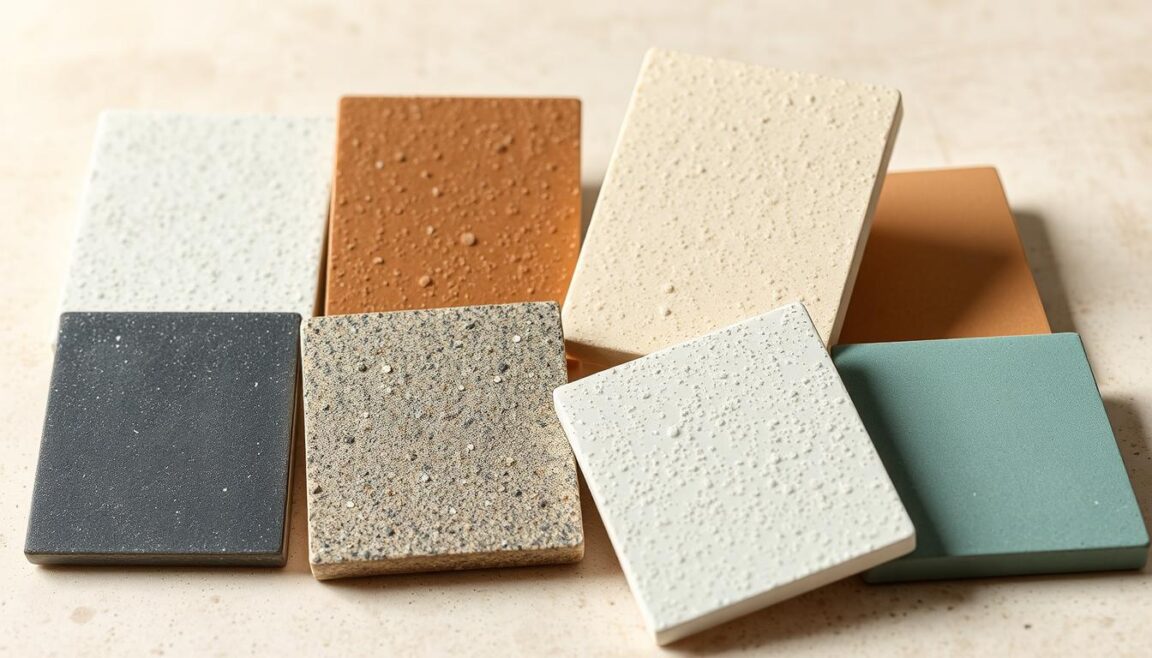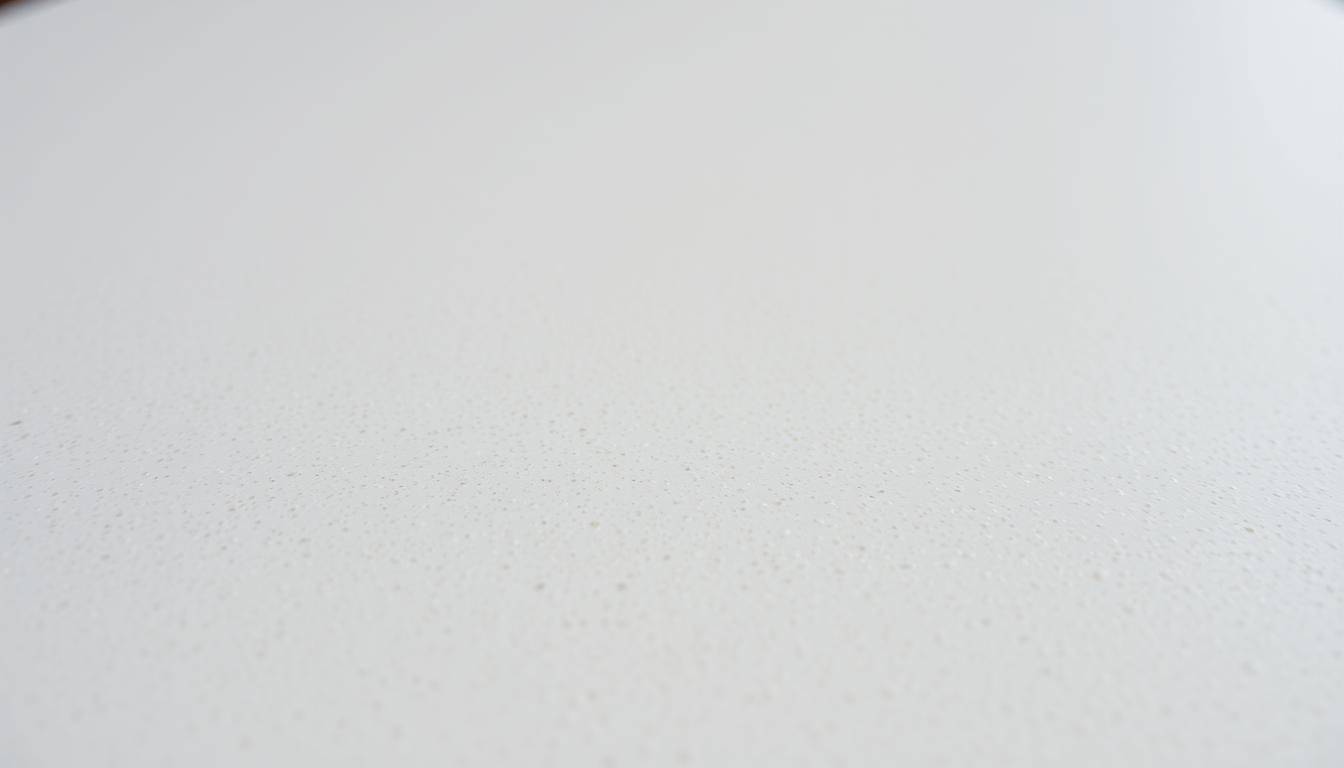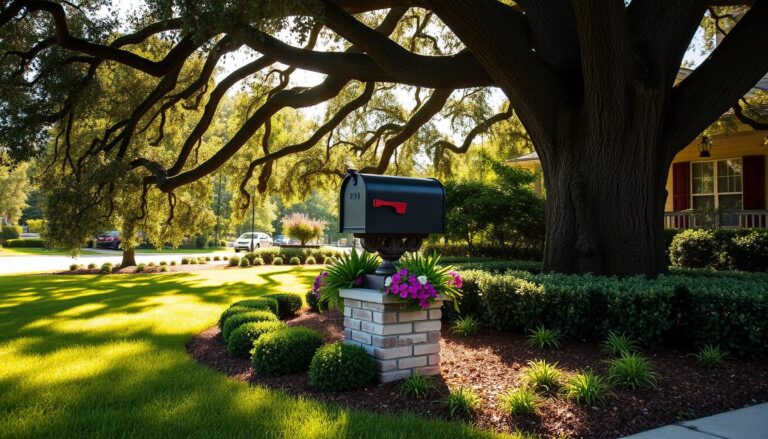Types Of Grout
When it comes to tile installation, grout plays a crucial role in the overall appearance and durability of the project. We use grout to fill the gaps between tiles, providing a cohesive and polished look. With various grout options available, selecting the right one can be overwhelming.
Different grout types offer unique characteristics, advantages, and applications. We will explore these differences to help you make an informed decision for your tile installation project. By understanding the various tile grout options, you can achieve a professional-looking finish and ensure the longevity of your tiles.
Types of Grout and Their Characteristics
Grout is not a one-size-fits-all material; it comes in several types, each with its own set of benefits and applications. Understanding these differences is key to selecting the right grout for your project.
Cement-Based Grout: Traditional and Versatile
Cement-based grout is the most traditional and widely used type. It’s versatile, easy to mix, and suitable for most tile installations. This grout is available in sanded and unsanded versions, with the sanded version being more durable and used for wider grout joints.
Epoxy Grout: Stain-Resistant and Durable
Epoxy grout is known for its exceptional durability and stain resistance. It’s a two-part grout that hardens when mixed, making it ideal for high-traffic areas and environments exposed to heavy staining agents. Epoxy grout is more challenging to work with due to its fast-hardening nature but offers long-term benefits.
Urethane Grout: Water-Resistant Alternative
Urethane grout offers a water-resistant alternative to traditional cement-based grouts. It’s flexible, which helps in reducing cracks, and is suitable for areas that are exposed to water, such as bathrooms and kitchens.
Specialty Grouts: Furan and Acrylic Options
Specialty grouts, including furan and acrylic options, cater to specific needs. Furan grout is known for its chemical resistance, making it ideal for industrial settings. Acrylic grout, on the other hand, is a flexible and easy-to-clean option, often used in residential projects.
| Grout Type | Durability | Stain Resistance | Water Resistance |
|---|---|---|---|
| Cement-Based | Medium | Low | Low |
| Epoxy | High | High | High |
| Urethane | Medium | Medium | High |
| Furan | High | High | High |
| Acrylic | Low | Medium | Medium |
By understanding the characteristics of each grout type, you can make an informed decision that meets your project’s specific needs, ensuring a successful and long-lasting result.
How to Select the Perfect Grout for Your Project
When it comes to choosing the perfect grout, several factors come into play to ensure a successful and long-lasting tile installation. The process involves understanding the specific demands of your project.
Assessing Installation Location and Moisture Exposure
The location and moisture exposure of your tile installation play a crucial role in determining the type of grout you should use. For areas with high moisture, such as bathrooms and kitchens, a more water-resistant grout like epoxy or urethane is recommended.
Choosing Colors and Joint Width Considerations
Selecting the right grout color is not just about aesthetics; it also involves considering the width of the joints between your tiles. Wider joints require a grout that can fill the gap effectively, while narrower joints need a grout that can be precisely colored to match the tile.

| Grout Type | Moisture Resistance | Color Options |
|---|---|---|
| Cement-Based Grout | Low | Variety |
| Epoxy Grout | High | Limited |
| Urethane Grout | High | Variety |
Balancing Cost, Durability, and Maintenance Needs
The final step in selecting the perfect grout is balancing the cost, durability, and maintenance needs of your project. While epoxy grout may be more expensive upfront, its durability and low maintenance requirements can make it more cost-effective in the long run.
By carefully considering these factors, you can choose a grout that not only meets but exceeds your project’s requirements, ensuring a beautiful and long-lasting tile installation.
Professional Tips for Applying and Maintaining Grout
Applying grout correctly is crucial for a strong and durable bond between tiles. We recommend using the right grout for your specific project, taking into account factors like moisture exposure and joint width. Proper grout application involves spreading it evenly, ensuring it’s fully embedded in the joints, and cleaning excess grout from the surface of the tiles.
Maintaining your grout is just as important as applying it correctly. Regular cleaning with a mild detergent can help prevent stains and discoloration. Sealing your grout can also provide an extra layer of protection against moisture and stains. By following these grout maintenance tips, you can keep your grout looking its best and prolong its lifespan.
Effective grout application and maintenance require attention to detail and the right techniques. By following these professional tips, you can ensure your grout is both durable and visually appealing, enhancing the overall look of your tile installation.







